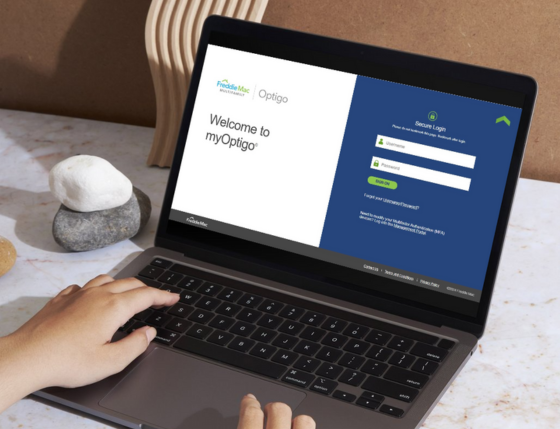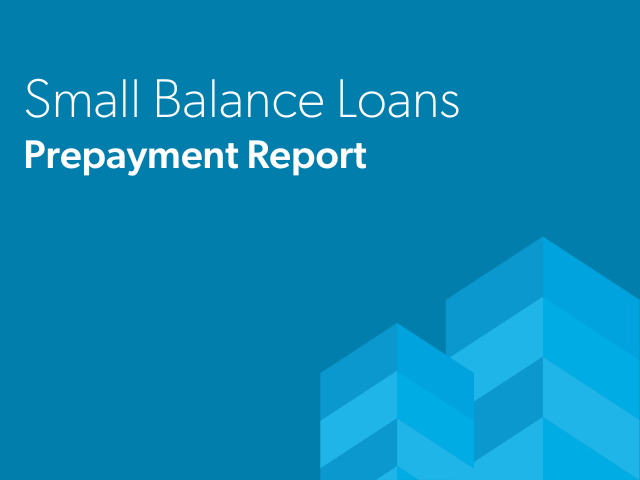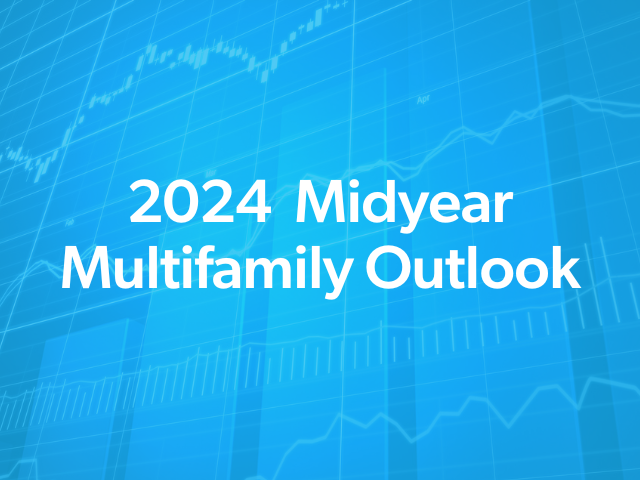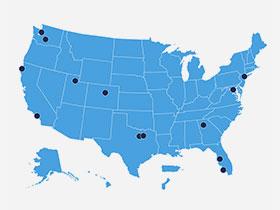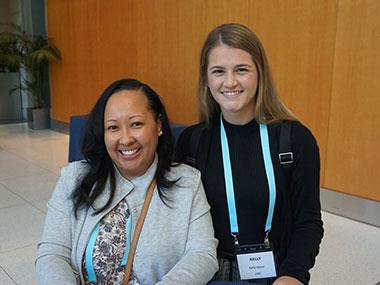LIBOR Transition
What Happened
The London Interbank Offered Rate (LIBOR) was used as a reference rate for more than $200 trillion of financial contracts in the cash and derivatives markets. LIBOR was based on daily submissions of estimated borrowing rates by a panel of banks. Due to changes in the financial markets, the regulator of LIBOR – the United Kingdom’s Financial Conduct Authority – announced that the publication of U.S. dollar LIBOR would cease on June 30, 2023, resulting in the phase out of LIBOR as a widely used benchmark interest rate.
In the United States, the Federal Reserve formed the Alternative Reference Rates Committee (ARRC) in 2014 to determine the implications of a LIBOR phase out and identify an alternative reference interest rate to be used for a large volume and broad range of financial products and contracts. The committee was charged with creating a plan that would facilitate the transition from LIBOR to an alternative rate. Freddie Mac is a member of the ARRC and has actively engaged with FHFA and other ARRC members on the transition plan. As planned, U.S. dollar LIBOR ceased publication on June 30, 2023, and the transition away from reliance on LIBOR has occurred.
SOFR is the New Index of Choice
The ARRC and the U.S. Federal Reserve have supported the Secured Overnight Financing Rate (SOFR) as the alternative index to LIBOR because SOFR is based on a broad measure of the actual overnight cash lending that is collateralized by U.S. Treasury securities in the repurchase agreement (repo) market. SOFR rates are produced and published by the Federal Reserve Bank of New York.
How Has this Affected Freddie Mac Multifamily?
Freddie Mac developed a strategy to transition from LIBOR to SOFR, including the development of new SOFR-based loan and securitization offerings. All our new-issue Multifamily floating-rate loans and securities are using SOFR.
Effective January 1, 2021, Freddie Mac stopped purchasing LIBOR-indexed multifamily loans and soon after stopped issuing LIBOR-indexed securities. In December 2022, Freddie Mac announced its selection of 30-day compounded Average SOFR (30-day Average SOFR) plus a fixed tenor spread adjustment as the replacement index for its legacy LIBOR-indexed Multifamily floating-rate loans and securities. Freddie Mac has now successfully transitioned all our legacy LIBOR-indexed multifamily loans and securities to 30-day Average SOFR. Please contact us with questions.
News and Updates
Legacy LIBOR Transition Update
Learn about 2023's key transition dates.
Freddie Mac Announces Additional Details Regarding the LIBOR Transition
Freddie Mac reiterated that it will transition its legacy U.S. dollar LIBOR-indexed contracts to an index based on SOFR for loans and securities for which Freddie Mac is responsible for selecting the replacement index.
Read MoreFreddie Mac Announces Additional Details Regarding the LIBOR Transition
-
Previous LIBOR Transition Updates
- Freddie Mac Announces Replacement Rates for its Legacy LIBOR Contracts - Dec 22, 2022
- Freddie Mac Continues to Clear Path for New Index Rate - Dec 18, 2020
- Freddie Mac Prices $991 Million K-Deal, K-F95 - Dec 9, 2020
- Key SOFR Transition Information – Aug 17, 2020
- SOFR-based Loan Rate Cap Announcement – Aug 3, 2020
- SOFR-based Loan Rate Cap Announcement – July 24, 2020
- LIBOR Transition Playbook and FAQs Published – May 28, 2020
- Freddie Mac to Use 30-day Average for SOFR – April 27, 2020
- Update on LIBOR Transition – Feb 5, 2020
- Freddie Mac to Cease Issuing LIBOR-Indexed Floating Rate Unsecured Debt – Mar 23, 2020
- Freddie Mac Prices First K-Deal with Bonds Indexed to SOFR – Dec 12, 2019

